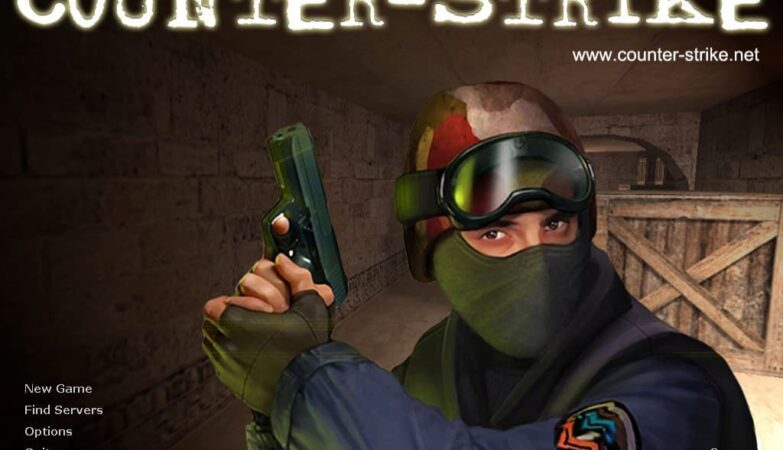CSGO is one of the biggest esports in the world. Check out this article if you’re interested in the game’s history!
Counter-Strike is a series of first-person shooter games that Valve Corporation released. Today, Counter-Strike: Global Offensive is one of the most popular FPS games, and its development and release can already be considered a massive success. Let’s take a step back to see how Valve and CS:GO got to this point. Check out the development of Counter-Strike!
How It Began
Counter-Strike originally began as a mod from Valve’s popular title Half-Life. In the Half-Life game, players can create customized maps for themselves to play in. Minh Le, alongside Jess Cliffe, made use of the Half-Life map maker and decided to develop Counter-Strike maps.
People took an interest in the maps Le and Cliffe created, and the Counter-Strike mod gained popularity by the day. Eventually, Valve took notice of the growth of the mod, and they wanted to be involved in Counter-Strike. As a result, Valve decided to buy the rights to CS and hired Le and Cliffe to help along the journey. With the collaboration of Valve and the two developers, Counter-Strike 1.5 was launched in 2000 for the public to play.
Progression of Counter-Strike
The launch of Counter-Strike was a total success, as more and more players got attracted to trying out and playing CS. The player base was constantly increasing, and CS became the talk of the town. Counter-Strike, at the time, offered something that other video games couldn’t, as both casual and competitive players were able to enjoy the game as they pleased.
Since CS provides a high skill ceiling, a select few would grind the game and try to become professional CS players. Watching these professionals compete against each other was highly entertaining to casual players.
It wasn’t long before the first major CS tournament was hosted, the Cyberathlete Championship in 2001, won by the ever-popular organization Ninjas in Pyjamas. With the success of the Cyberathlete Championship 2001, more CS tournaments followed, which started the wheels of the esports scene in CS.
Counter-Strike: Source
Valve decided to release a sequel titled Counter-Strike: Source to add to the already-successful Counter-Strike. The release was huge CS news, as Counter-Strike: Source would use the new Source engine in 2004. The game looked much better than the original Counter-Strike game, and this was the turning point where more organizations started taking CS more seriously.

Professional teams were being announced left and right, and tournament organizers started to flood in with the rise of experienced players and teams entering the scene. Counter-Strike: Source tournaments were held regularly, featuring the top teams around the world. Their matches would be streamed where people could watch. The Counter-Strike esports scene continued to flourish.
Transition to Counter-Strike: Global Offensive
Despite Counter-Strike: Source’s early success, the game started to feel bland and outdated as time went by. Due to technological and gaming advances, CS:S’s graphics and gameplay were no longer innovative and new. With Valve understanding this issue, the company started developing Counter-Strike’s latest sequel, Counter-Strike: Global Offensive.

On August 21, 2012, Valve’s Counter-Strike: Global Offensive was finally released for the public to play. Along with CSGO’s release, Valve added new maps, weapons, and weapon balancing changes to the game.
These new changes attracted players who stopped playing Source to come back to playing CS. The colossal news of CSGO’s release had pulled in more tournament organizers, professional teams, and professional CSGO players to give the game another shot.
CSGO Today
CSGO is a massive success today and has one of the most significant esports scenes out of all other competitive game titles. CSGO tournaments are held at large scales, where stadiums are rented as the tournament’s venue. Tens of thousands of fans can attend these Major events, with millions of fans watching the games from home.
Nowadays, million-dollar CSGO events wouldn’t surprise anybody anymore, as CSGO tournament organizers are constantly pumping out these massive tournaments where the best teams are being featured in. Players who don’t even play the game would continuously tune in to watch, as CSGO’s gameplay is relatively straightforward and beginner-friendly.

Conclusion
Nowadays, million-dollar CSGO events wouldn’t surprise anybody anymore, as CSGO tournament organizers are constantly pumping out these massive tournaments where the best teams are being featured in. Players who don’t even play the game would continuously tune in to watch, as CSGO’s gameplay is relatively straightforward and beginner-friendly.







